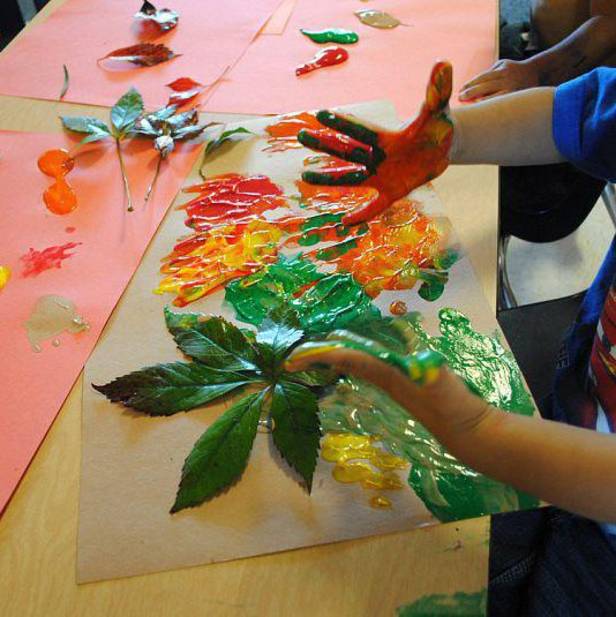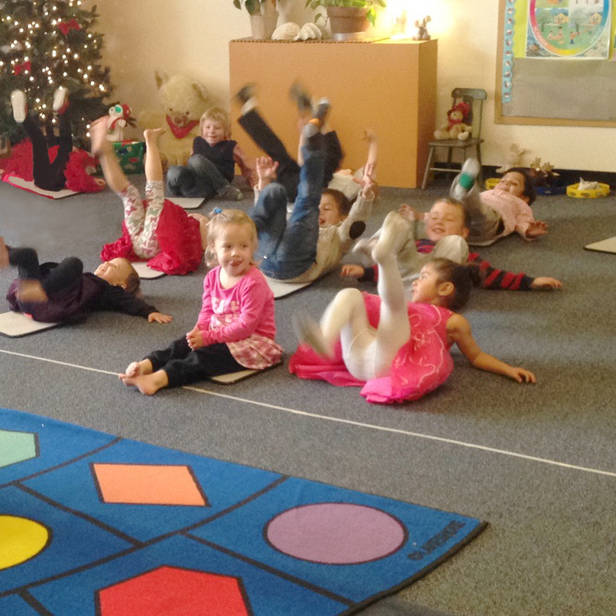The Montessori Method of Education
Montessori Curriculum
The Montessori Method was developed by Dr. Maria Montessori, an Italian physician, and is based on her scientific observations of children from birth to adulthood. Her breakthrough method of educating young children focused on the concept of child-centered learning, and respect for self, others, and the environment, drawing the interest of educators all over the globe. It has been considered a successful alternative to traditional schooling in the US since the 1960s.
At Steps to Learning Montessori School, we follow the Montessori Method, using concepts such as the prepared environment in order to keep the child engaged, meet developmental needs, and practice child-centered learning.
A key component of the Montessori Method’s success is its fundamental assumptions about a child’s relationship to teachers and the learning environment. Our approach is built upon the belief that a child is inherently curious, and will desire and seek out new experiences within their environment. We respect the child as an autonomous learner and allow freedom in choosing learning activities, while also providing teacher assistance and structure in the daily routine. We have uninterrupted long work time for preschool children to have ample time to learn and focus on their work. We encourage child-led learning through repetition and activities they are interested in. This encourages concentrated effort, while also providing guidance toward mastery of learning targets.
Our programs use Montessori Material to help children develop mastery of the five major Learning Areas:
Our Math and Language programs focus on building a strong academic foundation. We practice skills such as number and letter recognition, quantities and the base 10 system, letter-sound pairs, and phonetic spelling and name writing.
Our other three main curriculum areas are focused on building practical and social skills for participation in a community.
- Sensorial activities focus on building strong fine-and gross-motor skills.
- Practical Life activities focus on daily tasks and routines that build self- and community-care skills, teaching respect for self, others, and the environment. We also include Grace and Courtesy lessons in Practical Life activities, which teach social skills such as healthy communication.
- Cultural activities build on the skills taught in the other four curriculum areas, encouraging self-expression through music, movement, and art, and awareness of our environment through scientific exploration.
Our Montessori Classroom and Curriculum
We have four classrooms (toddler, preschool, infant and play-based/multi purpose room) and an outdoor playground/classroom for both infant and preschool programs. Our indoor classroom setup is based on the Montessori Philosophy and consists of five different areas: Math, Language, Sensorial, Practical Life and Culture.
Our teachers present Montessori material during 'circle time.' In addition, the teacher gives individual lessons (or lessons in small groups) in order to teach children how to use the material and complete their work. With the teacher’s guidance, children will learn to choose work that they enjoy doing in active learning. Our Montessori materials are designed to self-correct the child so that he can work on his own, to gain independence and self-esteem.
We use a combination of Montessori material, nature based material, teacher inspired material, and play based material to enhance children's development and curiosity.
We develop an awareness and appreciation of cultural diversity by celebrating and learning about different cultures and traditions of children and teachers who are part of our SLMP family. The unique material is used to decorate the classroom, to incorporate different cultures, developing awareness and appreciation of cultural diversity.
We design activities based on fun monthly themes. Arts and crafts work, circle time book reading and special events are inspired by and celebrate these themes. Please refer to the school calendar for special events.
Fundamental Differences Between Montesori and Traditional Education
Montessori
- Respect for individual differences.
- Self -motivation and child centered learning process
- Multi-age grouping, where students learn from observation of other children’s work, directly or indirectly.
- Students learn at their own pace, free to complete work or pursue a subject as they wish and according to personal interest.
- The children learn with the supervision and assistance of the teacher as needed, guided discovery.
- Knowledge is acquired through the use of concrete materials, scientifically designed to enhance conceptual thinking and lead to abstract knowledge.
- Teacher uses the “three period lesson” to introduce lessons and new vocabulary and is applied routinely when the individual is ready. The child will learn by self-correction, repetition and competence.
Traditional
- Emphasis on the group.
- Emphasis on grades, punishment or rewards as motivation factors and uses teacher directed activities.
- The children grouped chronologically with teacher’s pre-planned class lessons.
- The children learn from lessons focused on all the children at once.


